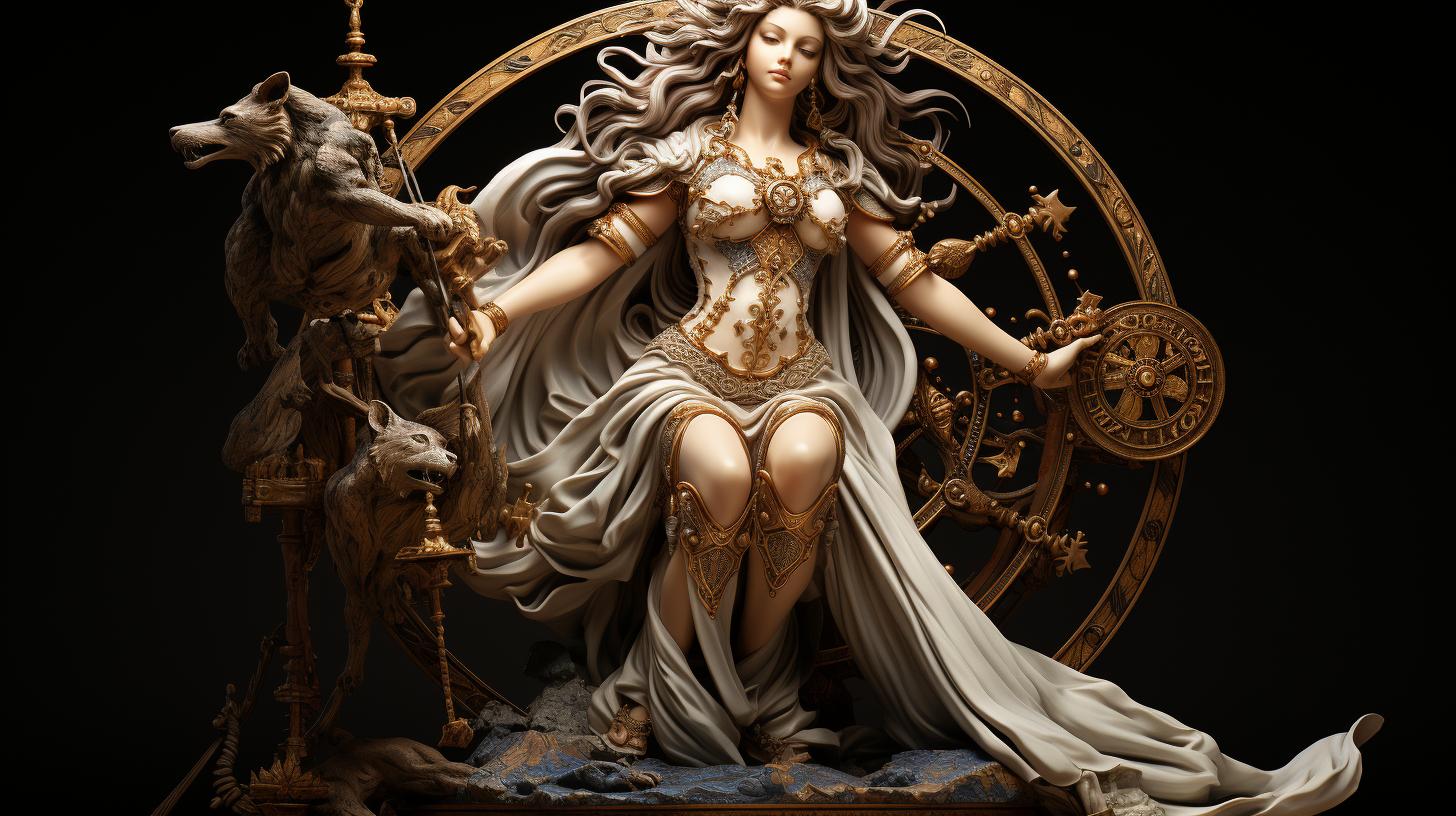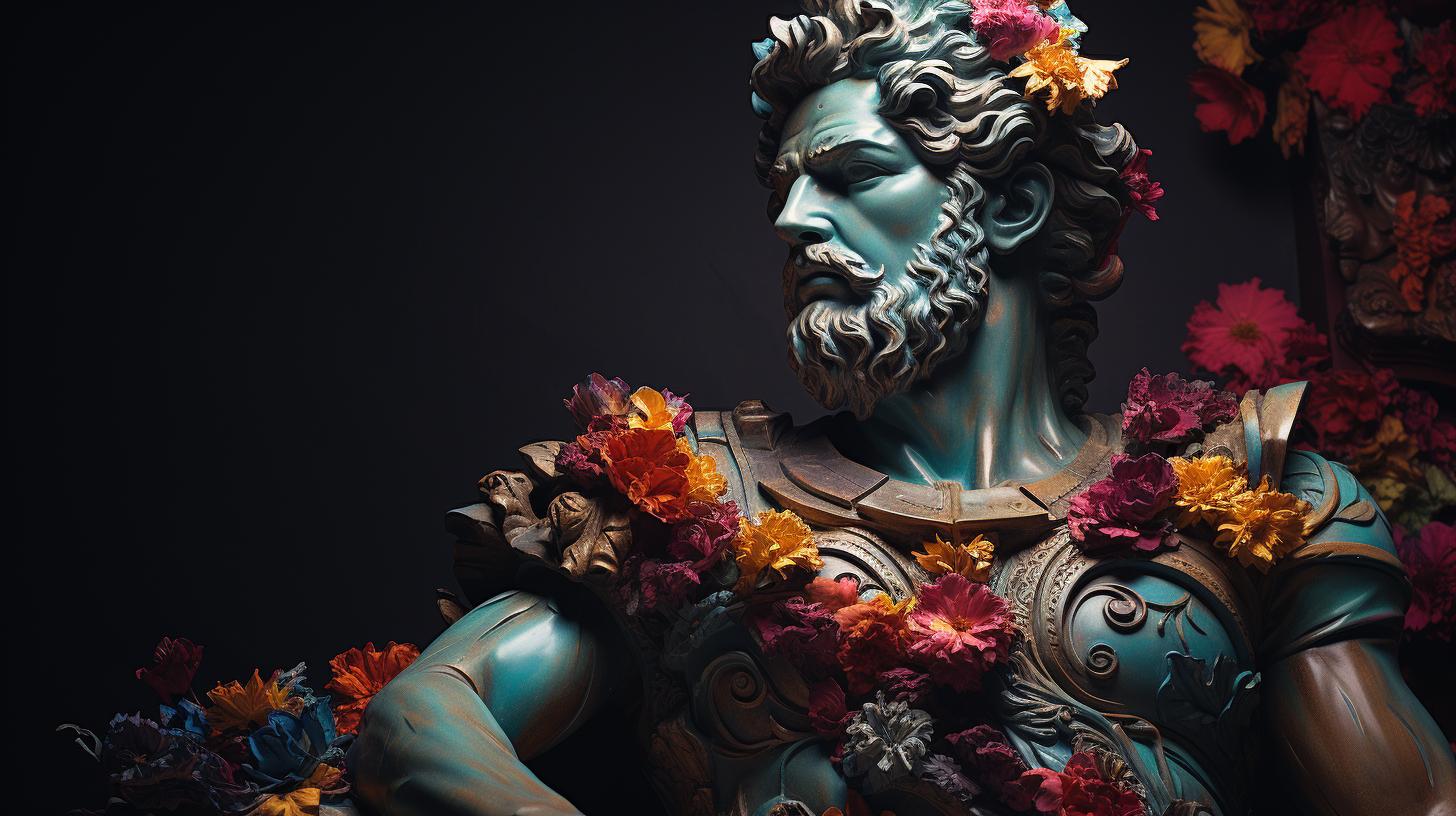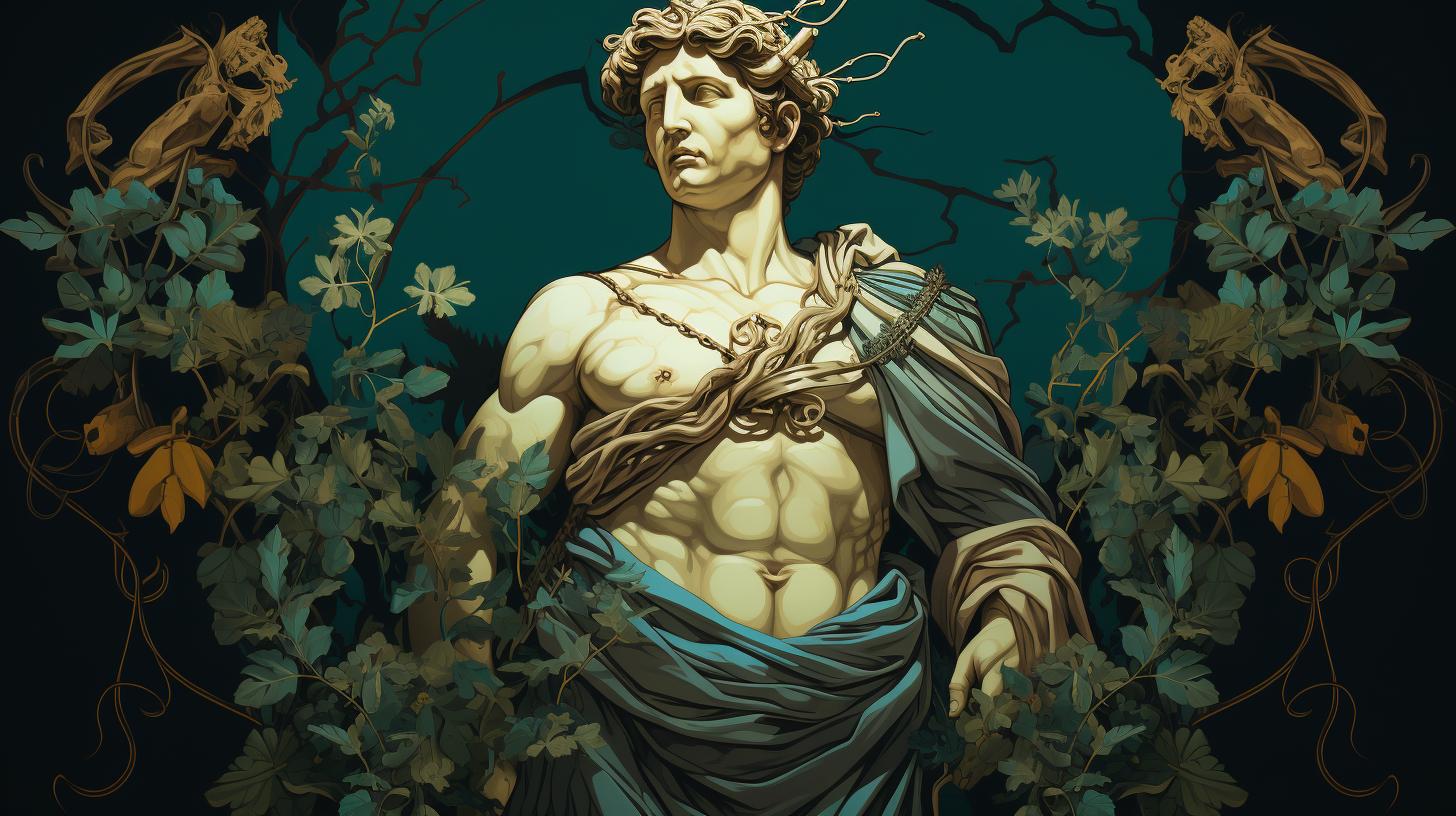Discover the Power of Roman God Salus: Ensuring Safety and Well-being

Roman god Salus, known for safeguarding safety and well-being, holds a significant place in ancient Roman mythology and society. As the daughter of Aesculapius, the Greek god of medicine, and distinguished as one of the oldest Roman goddesses, Salus is closely associated with prosperity and the state’s welfare.
With temples in Rome, including one on the Quirinal Hill, Salus was venerated through annual sacrifices and represented in art with symbols of guidance and abundance. Explore the intriguing role and worship of Salus, along with her enduring influence on Roman religion and society.
The Origins of Roman God Salus
Salus, a revered figure in ancient Roman mythology, played a significant role in ensuring the safety and well-being of individuals and the state. This section explores Salus’ origins, her connection to other deities, and the temples dedicated to her worship in ancient Rome.
The Role of Salus in Roman Mythology
In Roman mythology, Salus was regarded as the personification of security, prosperity, and general welfare. As one of the oldest Roman goddesses, she held a prominent position in both myth and religious rites.
Salus served as a divine protector, watching over the health and safety of individuals and the larger community.
Salus’ Connection to Aesculapius and Hygieia
Salus was the daughter of Aesculapius, the Greek god of medicine and healing, emphasizing her association with well-being and health. While Salus shares similarities with the Greek goddess Hygieia, her role and functions differ significantly.
Salus focuses more on the overall prosperity and security of the people and the state, encompassing both physical and societal dimensions.
The Temples and Worship of Salus in Ancient Rome
A temple dedicated to Salus was constructed on the Quirinal Hill in Rome. Voted in 304 BC during the Samnite Wars, it was later dedicated in 302 BC. This sacred space adorned with frescoes, commissioned by Gaius Fabius Pictor, served as a focal point for the annual sacrifices performed on August 5th, aimed at invoking the well-being of the emperor and the Roman populace.
Additionally, Salus was often associated with Valetudo, the goddess of personal health, further highlighting her role as a guardian of physical and mental well-being.
Representations of Salus in art frequently depict her seated, with a serpent coiled around her arm or the armrest of her chair. In some depictions, she is portrayed holding a patera from which the serpent feeds.
Additionally, Salus is occasionally depicted holding wheat sheaves and a rudder in her left hand, symbols of prosperity and guidance.
Salus in Roman Society
Salus, the guardian of public well-being, held great significance in ancient Roman society. Her role extended beyond individual prosperity to encompass the welfare of the entire state. Let’s explore the importance of Salus in Roman politics, her representation in art and literature, and how she was revered as the protector of the people.
Salus as the Guardian of Public Well-being
With her association with safety and prosperity, Salus played a crucial role in ensuring the general well-being of the Roman population. She was revered as the guardian of public health, much like her Greek counterpart, Hygieia.
The ancient Romans believed that by appeasing Salus, they could protect themselves and the community from harm and adversity.
Salus’ role as the guardian of public well-being was not limited to physical health alone. She was also associated with the prosperity and stability of the state. Romans sought her favor to ensure the overall welfare and abundance of their society.
The Importance of Salus in Roman Politics
Salus had a significant presence in Roman politics, as the well-being of the state was intricately linked to her favor. Emperors and politicians recognized the importance of portraying themselves as champions of public well-being, often associating themselves with Salus to gain popular support and signify their commitment to the welfare of the people.
The endorsement of Salus became an integral part of political propaganda, with leaders emphasizing their commitment to ensuring the safety and prosperity of the Roman citizens. This association allowed politicians to solidify their power and maintain the support of the populace.
Salus was a popular subject in Roman art and literature, with various depictions showcasing her role as the goddess of well-being. Artists often portrayed her seated with a serpent coiled around her arm or the armrest, symbolizing her association with healing and protection.
In some representations, Salus can be seen holding a patera, a ritual offering dish, from which the serpent feeds. This imagery further emphasized her role in safeguarding the health and prosperity of the people.
Additionally, Salus was sometimes depicted holding wheat stalks and a rudder in her left hand, symbolizing abundance and guidance.
Literary works also celebrated Salus as a symbol of hope and protection. Poets and writers often invoked her name and praised her role in preserving the well-being of the Roman society.
Her representation in art and literature served to inspire and remind the Romans of the importance of personal and collective well-being.
In conclusion, Salus held a crucial position in Roman society. As the guardian of public well-being, she ensured the safety, prosperity, and stability of the state. Her association with politics, her representation in art and literature, and her essential role in the lives of the people solidified her place as a revered deity in ancient Rome.
Salus in Roman Religion
Salus, the Roman goddess associated with safety and well-being, held a significant place in Roman religion and mythology. Her worship involved various rituals and beliefs that highlighted her importance among the Roman deities.
In this section, we will explore the annual sacrifices dedicated to Salus, her association with other Roman gods, and the spread of her cult throughout Italy.
The Annual Sacrifices in Honor of Salus
The worship of Salus was marked by annual sacrifices held in her honor. These rituals took place on a designated date each year, allowing Romans to express their devotion and seek her blessings for individual and collective well-being.
The sacrifices were particularly significant on the 5th of August, where offerings were made to ensure the prosperity and good health of the emperor as well as the general population. These ceremonies served as a vital link between the people and the divine, reinforcing the belief in the goddess’ power to protect and nurture.
Salus’ Association with Other Roman Gods
Salus maintained associations with various other Roman gods, emphasizing her role in the divine network. One notable connection was with Sancus, the god of trust and oaths, whose temple neighbored hers on the Quirinal Hill in Rome.
This proximity suggested a close relationship between the two deities, highlighting Salus’ significance in maintaining harmony and well-being within Roman society. Additionally, Salus was also associated with Semonia, the goddess of sowing, further emphasizing her connection to abundance and prosperity.
These associations showcased the multifaceted nature of Salus’ domain and her intricate role in Roman religious beliefs.
The Spread of Salus’ Cult throughout Italy
The worship of Salus extended beyond the city of Rome, spreading throughout Italy and gaining popularity across various regions. As her cult grew, temples dedicated to her were erected in different cities, allowing devotees to gather and offer prayers for their safety and prosperity.
The presence of these temples served as a testament to the wide-reaching influence of Salus within the Roman society. Her cult became deeply embedded in the fabric of Italian religious practices, fostering a sense of unity and shared devotion among the people.
In conclusion, Salus played a significant role in Roman religion, with annual sacrifices dedicated to her, associations with other gods, and a widespread cult that spanned across Italy. Through these religious practices, the Romans sought the goddess’ protection and blessings, reinforcing their belief in her ability to ensure their safety and well-being.
Salus’ existence exemplifies the deep-rooted connection between divinity, faith, and the pursuit of a prosperous and secure life.
Frequently Asked Questions about Roman God Salus
What were the main attributes of Salus?
In Roman mythology, Salus was revered as the goddess of safety, prosperity, and well-being. She symbolized the preservation of individual and state welfare. Represented with a serpent coiled around her arm or chair, Salus also held a patera, a dish from which the serpent fed.
Additionally, she was depicted holding sheaves of wheat and a rudder in her left hand, symbolizing abundance and guidance.
How was Salus worshipped in ancient Rome?
The worship of Salus centered around her temple on the Quirinal Hill in Rome. Annual sacrifices were offered on August 5th to ensure the well-being of the emperor and the Roman people.
Devotees sought her blessing and protection, particularly in matters of health and security. The cult of Salus spread across Italy, demonstrating her significance in Roman religious practices.
What was the significance of the annual sacrifices to Salus?
The annual sacrifices to Salus held great importance in Roman society. They were conducted to appease the goddess and secure her favor, ensuring the safety and prosperity of the emperor and the entire nation.
These rituals were seen as crucial for maintaining societal well-being and seeking divine protection. The sacrifices emphasized the belief in Salus as the guardian of public health and prosperity……




















